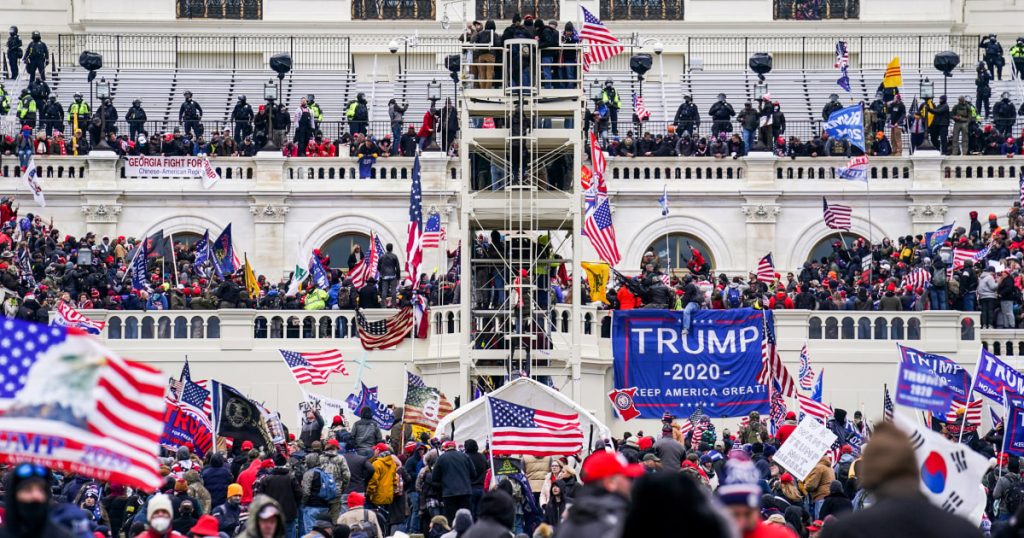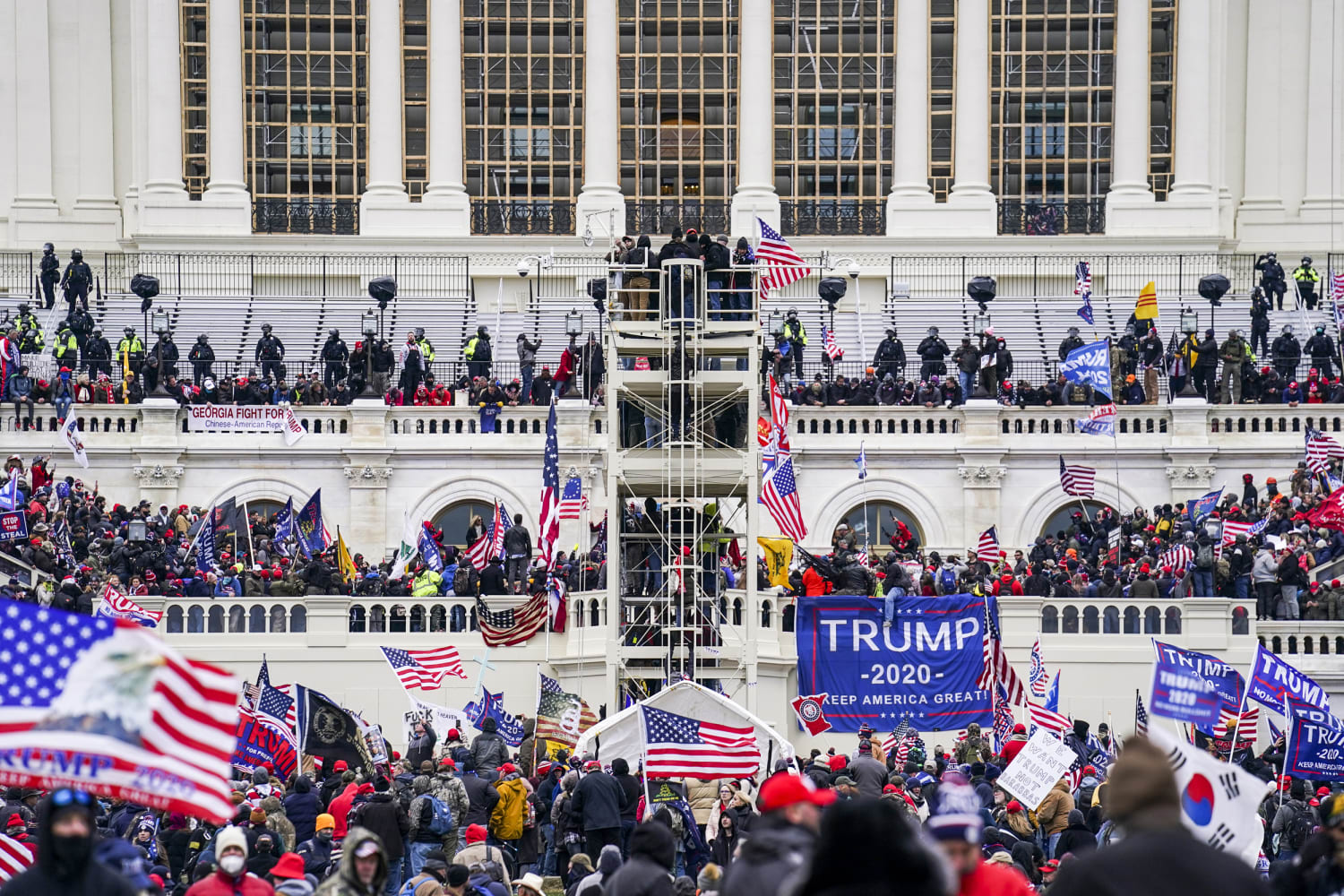

WASHINGTON — The Jan. 6 committee report’s appendix on the intelligence and law enforcement failures ahead of the Jan. 6 attack highlights new information about missed warning signs but stops short of reaching any definitive conclusions or detailed recommendations about what experts have called the worst intelligence failure since Sept. 11.
The appendix includes some new information about just how much intelligence there was pointing to possible violence at and around the Capitol on Jan. 6, 2021, and just how poorly coordinated the FBI, the Department of Homeland Security, the military, U.S. Capitol Police and the Washington, D.C., government were in preparing for it.
The appendix also states what is widely known: A lot of information was publicly available that suggested Jan. 6 would be violent, and law enforcement wasn’t prepared for the violence it faced.
“Federal and local law enforcement authorities were in possession of multiple streams of intelligence predicting violence directed at the Capitol prior to January 6th,” the appendix said. “Although some of that intelligence was fragmentary, it should have been sufficient to warrant far more vigorous preparations for the security of the joint session. The failure to sufficiently share and act upon that intelligence jeopardized the lives of the police officers defending the Capitol and everyone in it.”
A major component of the committee’s work was supposed to be an examination of how law enforcement missed so many warning signs about violence ahead of the Capitol attack and left the Capitol underprotected. Instead, as NBC News first reported, staffers on various teams, including the “blue” team looking at law enforcement failures, were informed that chapters they prepared would be curtailed. Some of the information they gathered was relegated to the appendix, and more was left out of the final report altogether, according to sources familiar with the work. The final report centers on former President Donald Trump and what the committee believes is his criminal culpability for the Jan. 6 attack.
The appendix concludes with the suggestion that “the best defense” against a president inciting an attack against his own government “will not come from law enforcement, but from an informed and active citizenry.”
The report revealed that the FBI was collecting alarming reports from around the country but didn’t start looking at them closely until Jan. 5. A special tag inside FBI databases related to intelligence from all field offices about possible violence on Jan. 6, called “CERTUNREST2021,” was created but “unified monitoring” of the tagged material didn’t begin until Jan. 5.
While the FBI knew that extremists were talking on social media about the tunnels leading to the Capitol, it said its hands were tied. The FBI special agent in charge of the intelligence division at the Washington Field Office, Jennifer Moore, said there was nothing illegal about discussing the tunnels and that without a very specific discussion of violence, the FBI could only inform appropriate law enforcement partner agencies about the online discussions, according to the appendix.
There was also confusion about who was in charge of federal security coordination: The Defense Department thought the Justice Department was in charge, while the Justice Department thought the Defense Department was at the helm.
In an echo of the decades-old Sept. 11 report, the Jan. 6 report makes a generic recommendation that federal agencies with intelligence and security missions should “move forward on whole-of-government strategies” toward extremism and “review their intelligence sharing protocols.” But it offers little in the way of specific policies or reforms that could prevent a failure in the future.
As NBC News reported this week, one of the FBI’s own confidential human sources told the bureau on the very day that Trump sent his Dec. 19, 2020, tweet summoning his supporters to Washington on Jan. 6 that the far right considered it a “call to arms.”
Trump had an extensive, publicly available record of saying inflammatory things in front of supporters, such as when he told supporters to “knock the crap out of” protesters during a rally, and had summoned tens of thousands of people who believed his lies about the election to the capital after his other efforts to overturn the results had failed.
The appendix, however, suggests that nobody could have predicted Trump’s inflaming the crowd.
“While the danger to the Capitol posed by an armed and angry crowd was foreseeable, the fact that the President of the United States would be the catalyst of their fury and facilitate the attack was unprecedented in American history,” the appendix reads. “If we lacked the imagination to suppose that a President would incite an attack on his own Government, urging his supporters to ‘fight like hell,’ we lack that insight no more.”

 Latest Breaking News Online News Portal
Latest Breaking News Online News Portal




